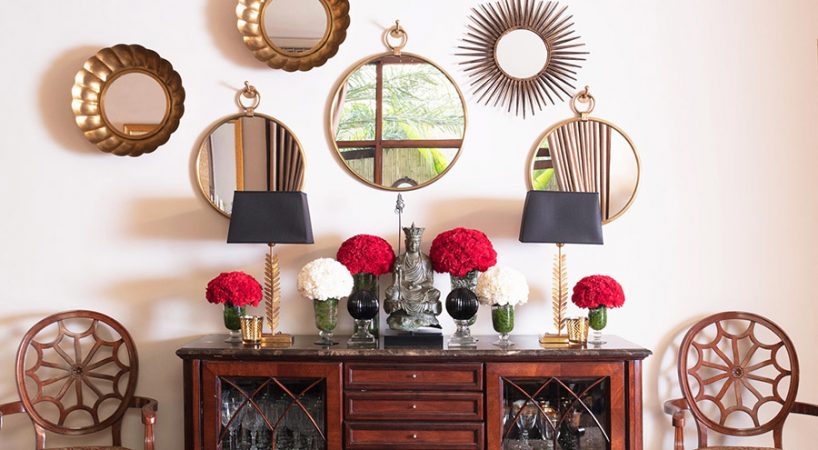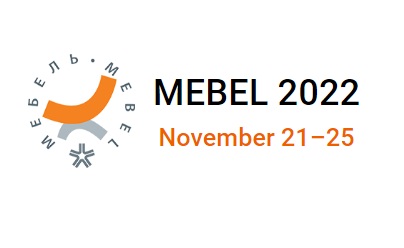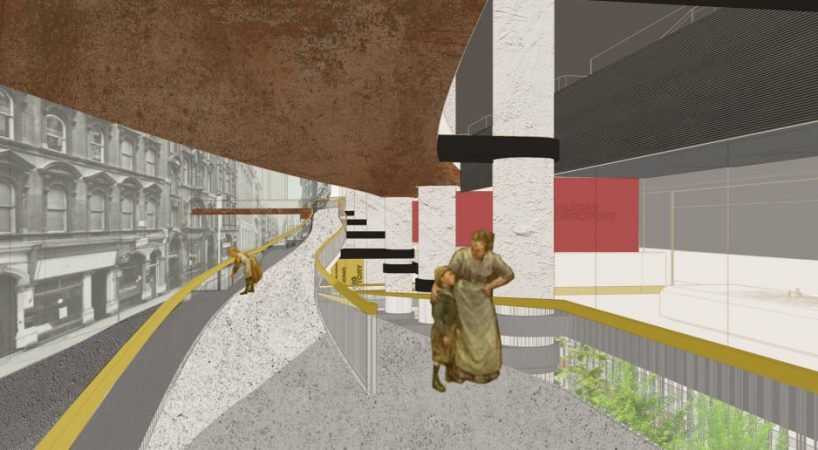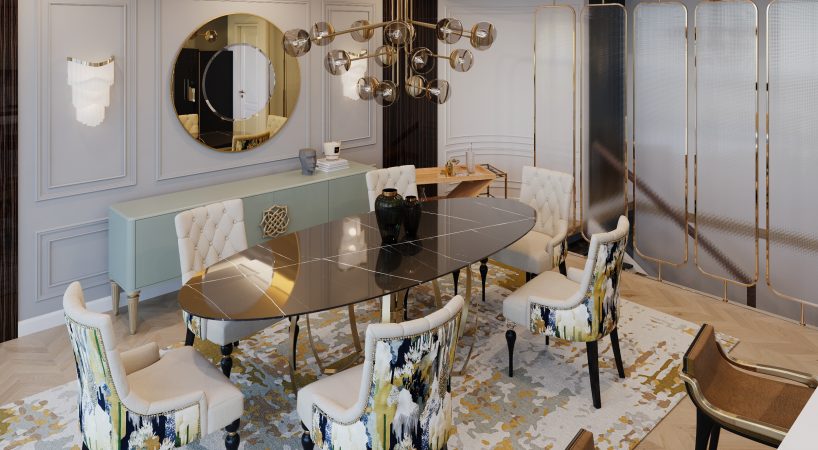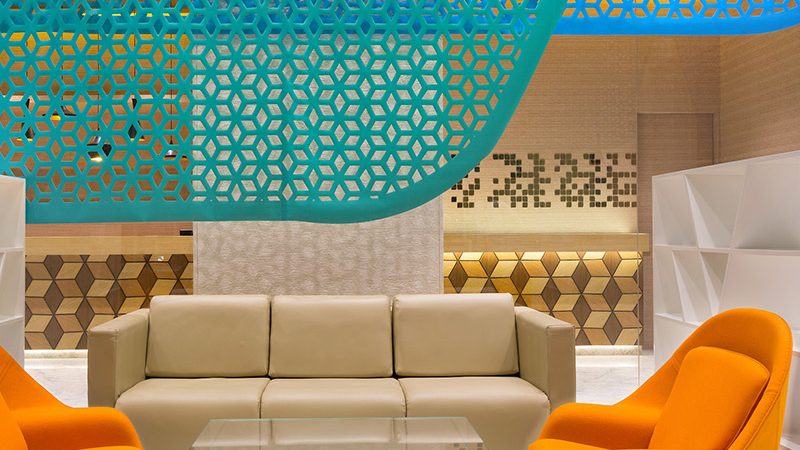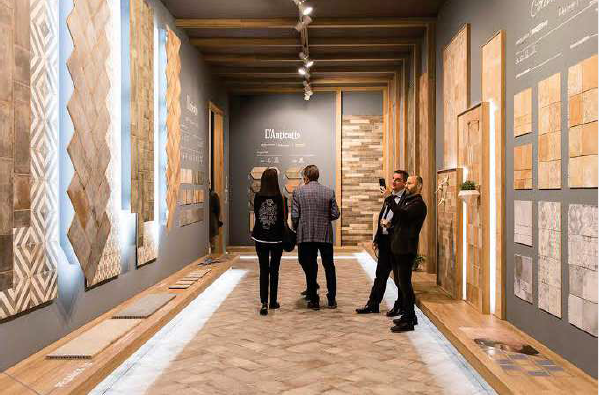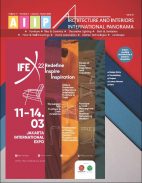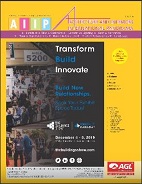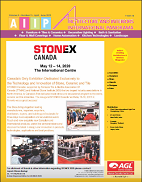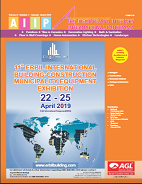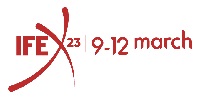THE DEVELOPMENT OF A SECTOR AIMING TO BE A LEADING PLAYER PASSES THROUGH SICAM
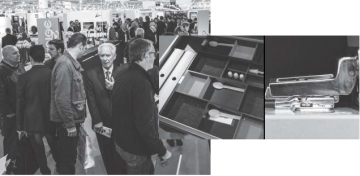
Top-quality Relations and a Global Reach are the Keys to Success
THE DEVELOPMENT OF A SECTOR AIMING TO BE A LEADING PLAYER PASSES THROUGH SICAM
There was a moment this year which gave us a clear signal of optimism for the international furniture industry and its prospects for this 2017 which has just begun: this moment was SICAM held in Pordenone last October. During those days, there was palpable excitement in the meetings and discussions held at the trade fair. There was clear determination and focus on results seen in how component and accessory producers, on the one hand, and furniture manufacturers and designers, on the other, experienced SICAM 2016.
The perfect time of the year and the very environment of the event confirmed once more – if confirmation was even necessary – that SICAM is a top business event. This is where companies, even the most complex multinationals, turn their attention exclusively to products and relationships to create trends, new functional solutions, and the design lines that we will find at furniture trade fairs over the coming months all over the world. The attendance numbers and results of SICAM 2016 published by the organisers speak clearly. At Pordenone, there were 7,378 companies from 101 foreign countries, as well as from all over Italy of course, with a percentage of foreign visitors which surpassed 36%.
“SICAM’s role as an international marketplace for components and accessories is crystal clear,” explains the organiser of the event, Carlo Giobbi, commenting on the figures, “and the very market itself confirms this year after year in an ever more evident way. The last edition also saw an increase in the countries of origin of visiting professionals, representing as many as 101 countries from all five continents. A factor that has been revealed decisive for the effectiveness of the event is its size. There was more surface area used at SICAM 2016 than ever before, while the exhibit complex remains in a space that enables easy interpretation for visiting operators along with optimal management of time spent among the stands.”
Indeed, attention to logistical aspects is an element that clearly emerges when visiting the trade fair. The uniform distribution of visiting flows obtained by opening three entry points not only contributed intelligently to reducing access time, also thanks to massive usage of online pre-registration by most operators, but it also enhanced a rational and clear exhibition layout, which enables companies to easily organise their days spent visiting the trade fair.
“In many cases, the exhibiting companies also made important progress in their way of presenting themselves and organising the exhibition spaces,” stresses Giobbi, “preparing well for SICAM has become strategic, because the possibility to meet those who design and implement innovation in furnishing here is ever more evident. Designers and architects made up 9% of registered operators, and 9% more were technical and production managers.
This is a figure that I deem very important, because we must not forget the growing importance that functional components are gaining in furniture production; they are generating added value which, in some cases, almost exceeds the value produced by the design. However, the most significant statistic is seen in the fact that decision-makers are the category most represented at SICAM. Indeed, as many as 37% of visitors are owners of their companies or general directors, thus members of top management who make the final decisions on strategies and purchasing choices.”











